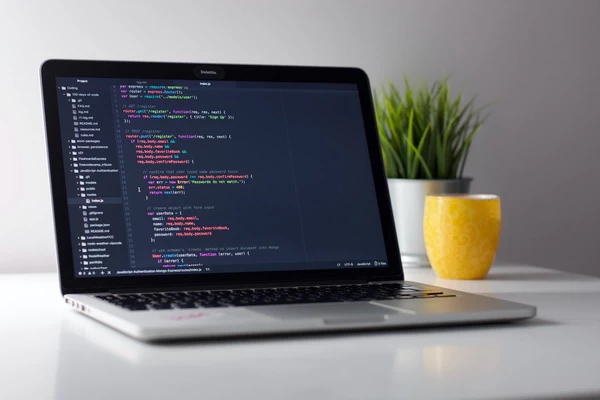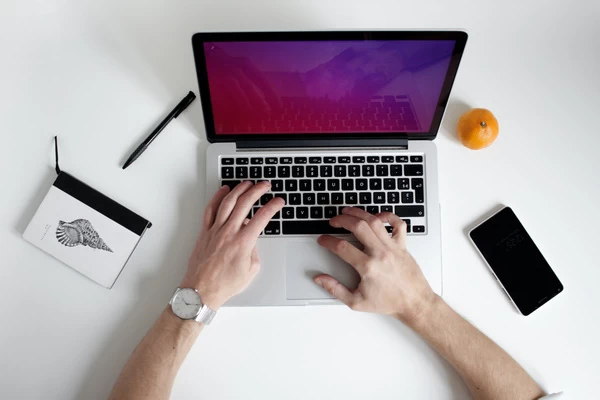Creating A Quality Web Site Design!
by: Martin Lemieux
In this article, I will attempt to cover the basics of creating a great quality web design template for your site. Now itกs a known fact that the layout or กeye candyก as I put it will determine whether your visitors will stay more than 15 seconds or they will just become another statistic.
Thatกs right, if you don’t catch your visitors attention right away, statistics shows us that your visitors will come and go within 15 seconds or less.
That doesn’t leave you with a lot of time to grab someoneกs attention!
Some of you may be asking yourself:
Well why does this happen????
See when you think about it, 15 seconds to the กbrowsing eyeก is like an eternity. In other words, it takes about 15 seconds for the average person to browse your main page and determine whether they will explore your site further!
So with that being said;
How do we grab your visitors attention????
Every new client of mine is asked to perform the same tasks. I ask them to explore their competitor’s web sites and look for specific triggers that would make them want to click on or buy right away. More times than none, my clients will notice specific กHeadlinesก or กGraphicsก that really peek their interest. In doing this, youกll have 1st hand knowledge on what you expect your visitors will see and possibly expect themselves.
Step 2, Iกll ask my clients to do one more process just like the previous one. Iกll ask them to make a list of all the กeye candyก that really caught their attention and write me a little note as to why it caught their attention. In doing this, it will give your web designer a 1st hand knowledge on what to implement within your site!!!
With these great tasks, youกve made your job and the job of your web designer a lot easier to target your audience.
Sites that sell กWeb Site Templatesก :
You may have seen some sites that sell your the right for a specific ‘template Styleก. There are 100กs of resources out there. I need to clarify something for you, these templates are targeted at web designers only!!! Reason being, the files that you receive will no doubt require some expensive and time consuming software just to open them.
Now being a designer, I’m not about to กknockก premade templates but thereกs a couple of things you may want to consider:
1) Although the templates you may encounter are very impressive, you will be sharing your layout template with 100กs, maybe 1000กs of other sites. The reason why they are so cheat is because those กspecific templatesก are sold and resold as much as possible!
2) Iกve noticed that many template examples out there on the web are extremely กGraphic Drivenก. This will result in กslow loading timesก. Iกm sure weกve all come across a site that seemed to take FOREVER to load!! How long did you actually wait for the site to load????
The best way to get a template is to have someone professional design your web site layout for you! This will ensure that your template is uniquely designed for your business. It will be easier for you to make changes in the future. Typically, a template may cost you between $0$500 depending on the intensity and added features!
Now, weกve talked about กSlow loading pagesก. Iกve found a good กnormก to stick with when it comes to size and speed: Web sites are compiled of 2 elements:
1) Graphics & Layouts
2) Programming & Pages
Both of them require memory from your computer when downloading them. If one or the other is too large then this may result in negative results for your visitors.
Hereกs a good norm to stick with, either you or your web designer should stick with these specs:
1) Graphic Design Layout: Should be no more than: 3050K in size
2) Programming Pages: Shouldn’t be more than: 1030k in size
Giving your entire web page no more than 40k80k in size. Anything drastically more will result in the loss of many visitors from slow downloading pages.
Animation: Last but not least, making กsomeก aspects of you page stand out by adding small size animations. PLEASE NOTE: DO NOT overkill your site with graphics and animation!!! I can’t stress this enough, your visitors will most likely get a head ache from it and won’t be coming back very soon.
Instead, try targeting specific promotions or services you wish to attract your visitors to right away! Many sites exchange กanimated bannersก with other sites to exchange traffic. I personally NEVER take part in adding ANY banners on my site. I honestly feel that banners only take away from the design, not add to it! A typical กBanner Dimensionsก is 468px x 60px. There are many other sizes!
What I will usually take part in, if any, is smaller, more unique banners that are geared to complimenting an article or text with it. This is much more effective because study shows us that กContent (text)ก accompanied by a กgraphic imageก is more likely to be read by our visitors than just text on its own.
That about raps it up to having an effective web site template. Please look for my กcontinuedก issues related to this article.
About The Author
Martin R. Lemieux
President
Smartads Information Centre
Advertising, Marketing Resources & Web Design
http://www.smartads.info
Webmasters Playground
Webmaster Awards & Web Design Resources
http://www.flyinggelatingames.com
In partnership with www.xlinternet.com we bring you: The Web Clinic
http://www.thewebclinic.com
Search Engine Tools & Promotion!
WANT TO REPRINT THIS ARTICLE ?
You may use this article on your site as is but you MUST send me a note [email protected] Thank You!
[email protected]
This article was posted on July 06, 2003
by Martin Lemieux








